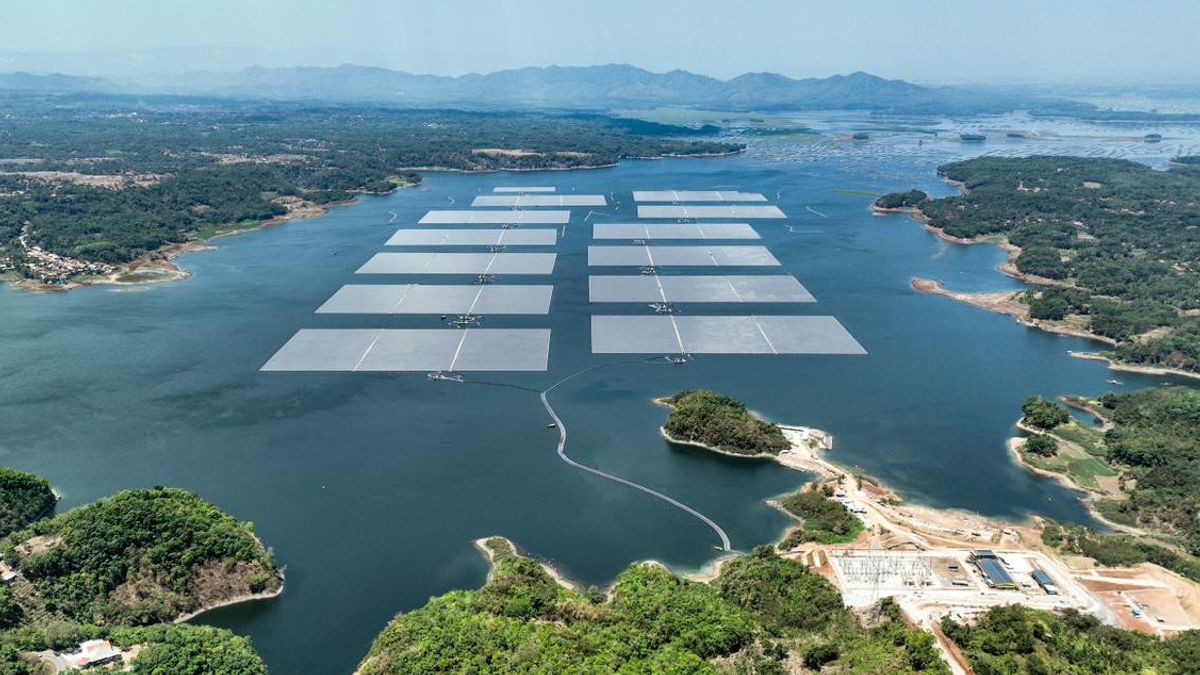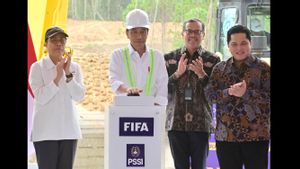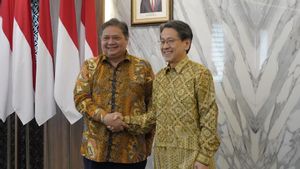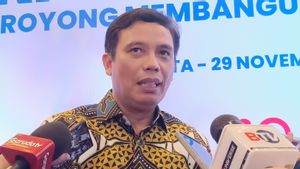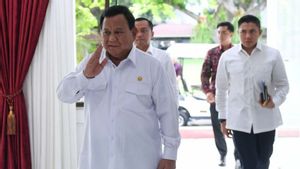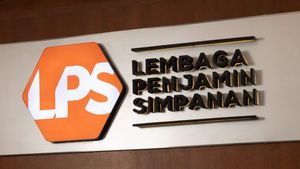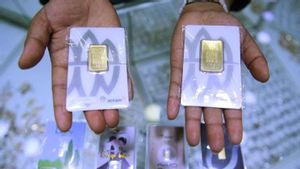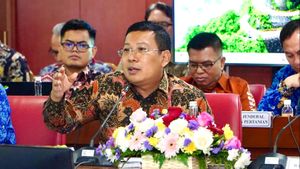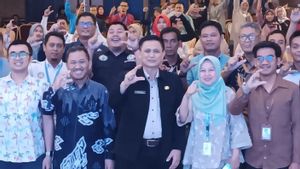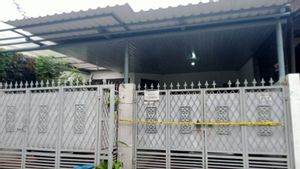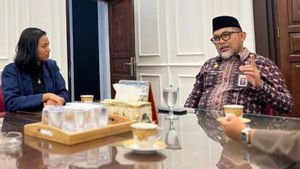JAKARTA - PT PLN (Persero) is optimistic that the Cirata Floating Solar Power Plant (PLTS) will be able to become a storefront for accelerating the energy transition in supporting the achievement towards Net Zero Emissions (NZE) in 2060.
As the largest PLTS in Southeast Asia and number three in the world, this PLTS is able to reduce carbon emissions by 214 thousand tons per year.
The Cirata Floating PLTS is a National Strategic Project (PSN) resulting from the collaboration between the two countries, namely Indonesia and the United Arab Emirates (UAE), which involved PLN Nusantara Power subholding with Masdar.
The project was built on the surface of the Cirata reservoir, this 200 hectare PLTS is capable of producing green energy with a capacity of 192 Megawatt peak (MWp) to supply electricity for 50 thousand houses.
Seeing the area of the Cirata Reservoir of more than 6,200 hectares, Minister of Energy and Mineral Resources (ESDM) Arifin Tasrif is optimistic that the production capacity of the Cirata Floating PLTS can still be optimized up to 1.2 Gigawatt peak (GWp).
"The capacity of the Cirata Floating PLTS can still be developed even greater, with a total maximum potential of around 1.2 GWp if using 20 percent of the total area of the Cirata reservoir," said Arifin in his official statement, Sunday, November 12.
Not only that, according to him, the development of large-scale PV diesel power plants can be an industrial attraction to make PV diesel raw materials.
"In the future, we hope that raw materials can be developed in Indonesia so that the TKDN can be fully completed," he said.
Meanwhile, PLN President Director Darmawan Prasodjo explained that the construction of the Cirata Floating PLTS is a real step for PLN in supporting the government to make an energy transition. PLN developed a green enabling transmission line and smart grid which is part of the ARED (Accelerating Renewable Energy Development) scheme at this PLTS so that it is able to supply electricity from separate and isolated EBT sources to the electricity demand center in urban areas.
"The electricity from the Cirata Floating PLTS is 20 kilovolts (kV) which we then connected to the main substation, which was later changed to 150 kV and immediately entered the Java-Bali transmission. This means that this will be consumed both by households and by industry," he explained.
Darmawan emphasized that PLN is committed to continuing to accelerate the energy transition in the country by increasing the EBT mix to 75 percent or equivalent to 61 GW until 2040.
Through ARED, his party targets the addition of the EBT mix to significantly enter the PLN system, namely hydropower of 25.3 GW, geothermal of 6.7 GW, and solar and wind of 28 GW.
"This energy transition is very important for Indonesia to maintain the momentum of rapid economic development, accelerate growth, build national capacity, create more jobs and at the same time, protect the environment," Darmawan continued.
President Director of PLN Nusantara Power (NP) Rully Firmansyah detailed that this PLTS Terapung Cirata 193 MWp can be used to electrify as many as 50 thousand houses assuming 15 kwh/day households. In addition, it will contribute to reducing carbon emissions by 586.3 tons per day.
اقرأ أيضا:
"So in a year it will reduce carbon emissions by 214 thousand tons per year. This is our commitment to distribute green electricity to the community in a sustainable manner," said Rully.
Chairman of Commission VII of the House of Representatives of the Republic of Indonesia (DPR RI) Sugeng Suparwoto appreciated the Cirata Floating PLTS which was inaugurated by President Joko Widodo. He also congratulated PLN and also Masdar for successfully building the largest PLTS in Southeast Asia.
"Congratulations to PLN and also today in collaboration with Masdar. With the composition of 51 percent ownership, PLN, 49 percent is Masdar, this is also to be a kind of best practice of how PLTS manages on a fairly large scale," said Sugeng.
This inauguration, said Sugeng, is a sign of the country's seriousness in accelerating renewable energy in the country.
"This marks that we are all really serious commitments to developing green renewable energy," concluded Sugeng.
The English, Chinese, Japanese, Arabic, and French versions are automatically generated by the AI. So there may still be inaccuracies in translating, please always see Indonesian as our main language. (system supported by DigitalSiber.id)
